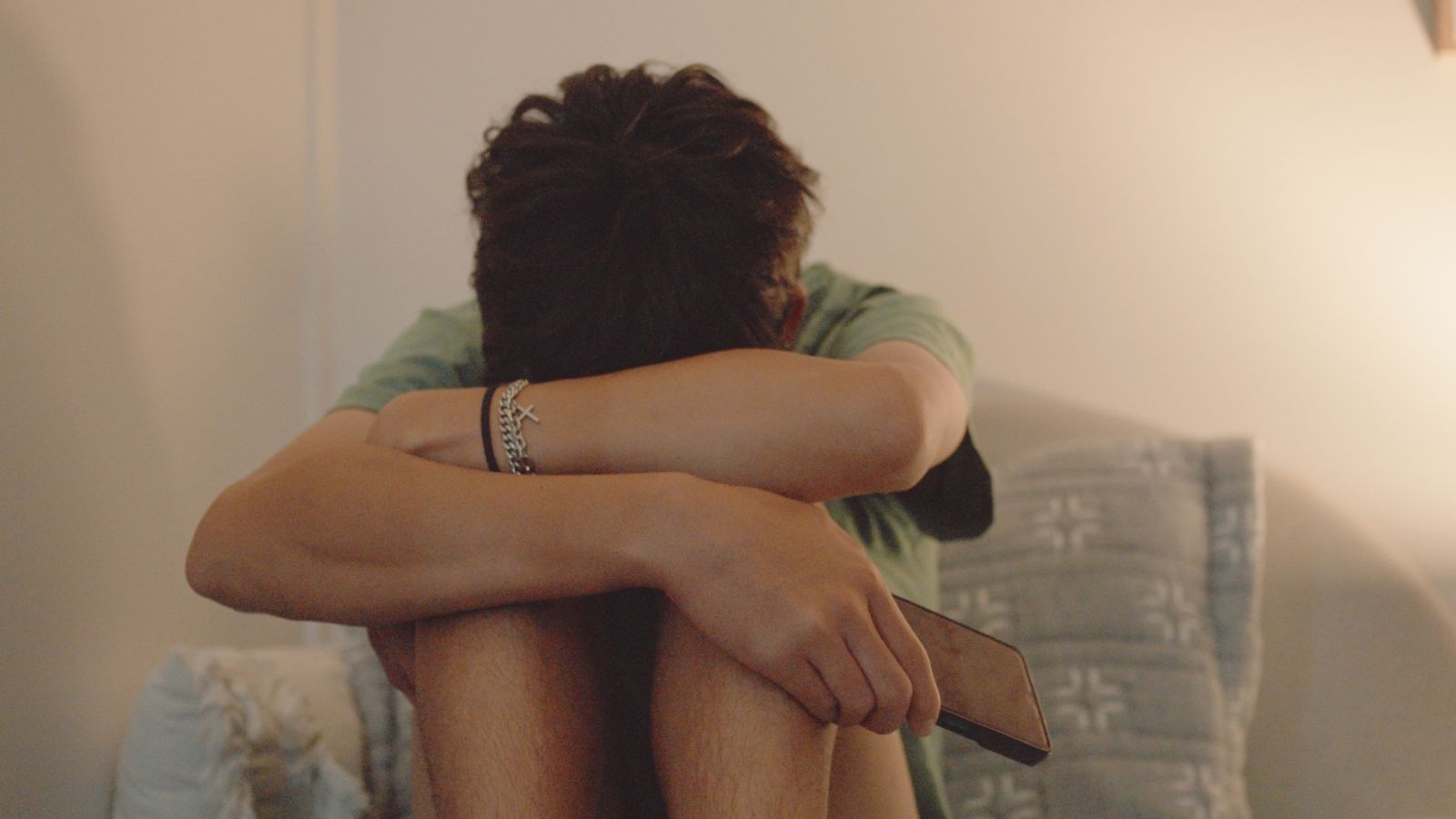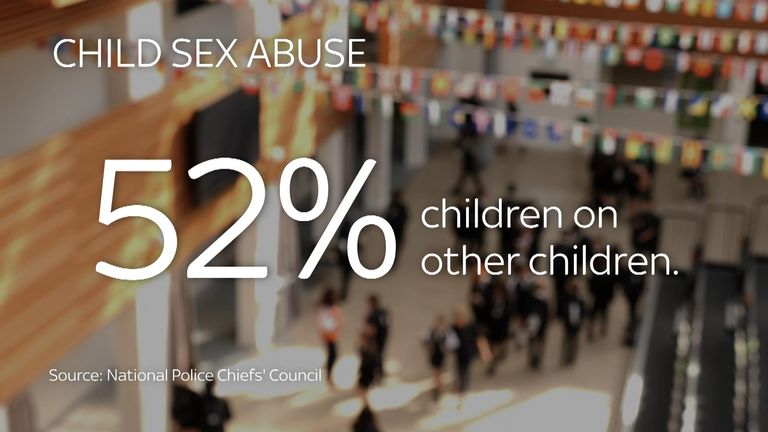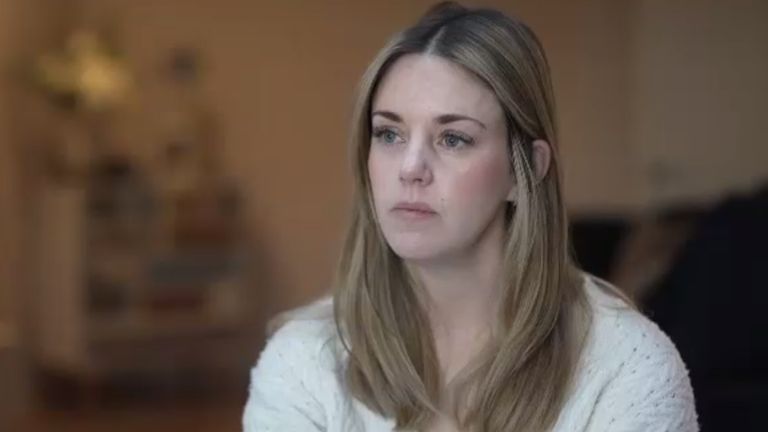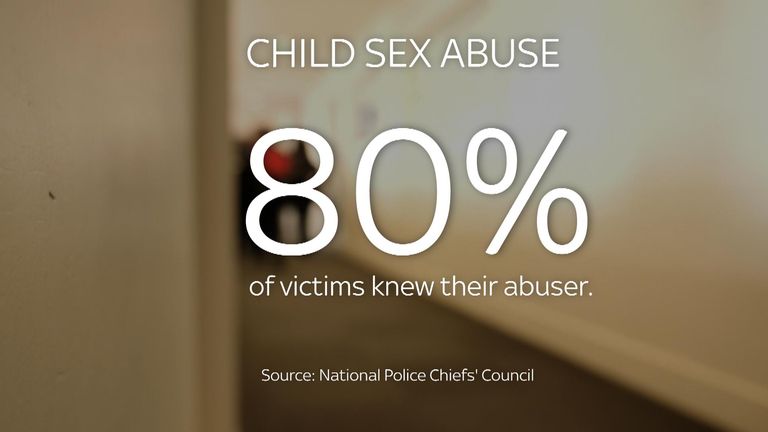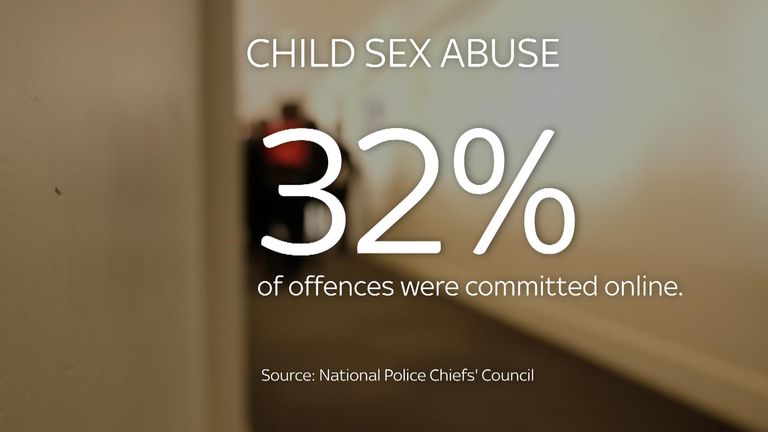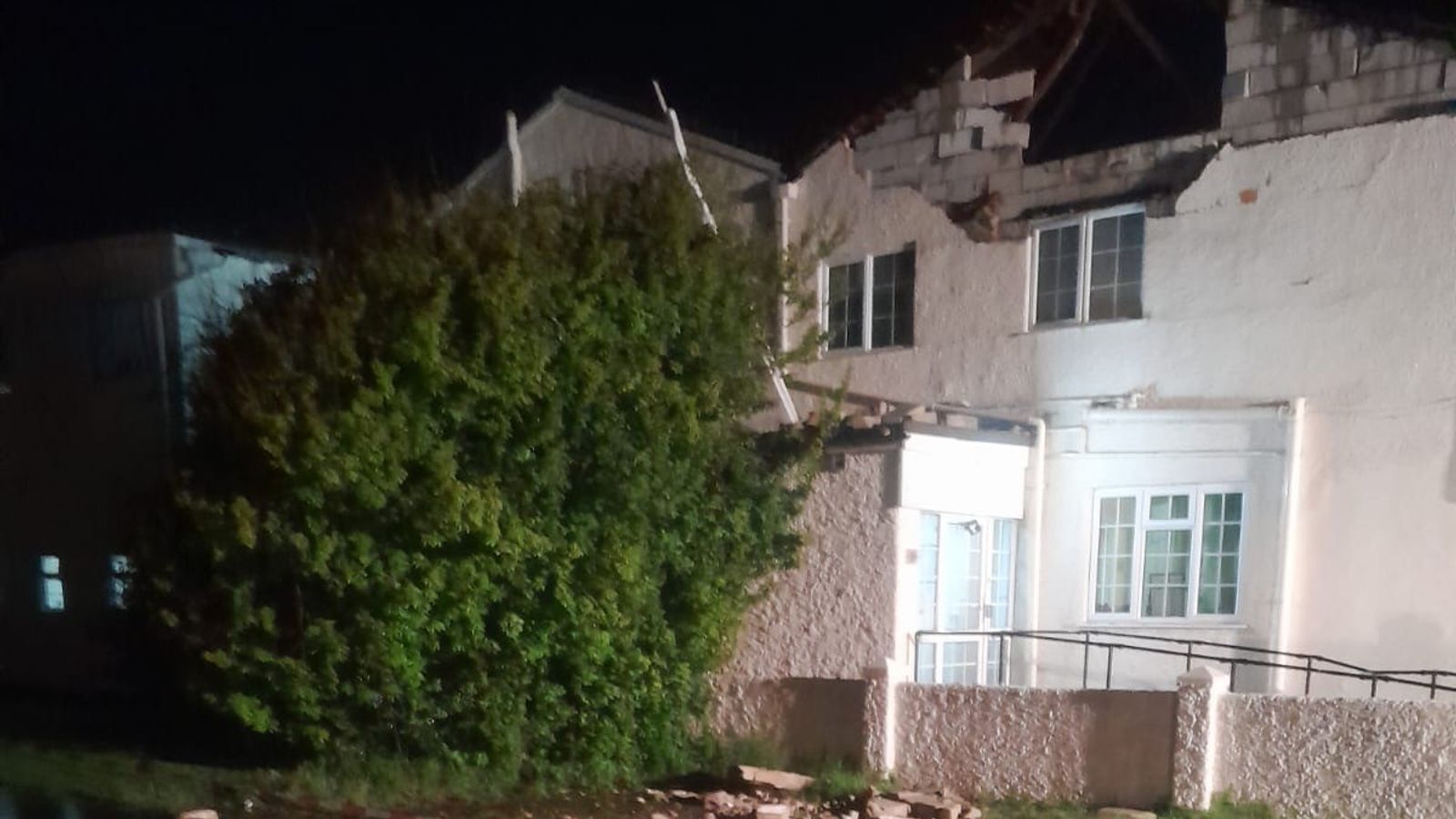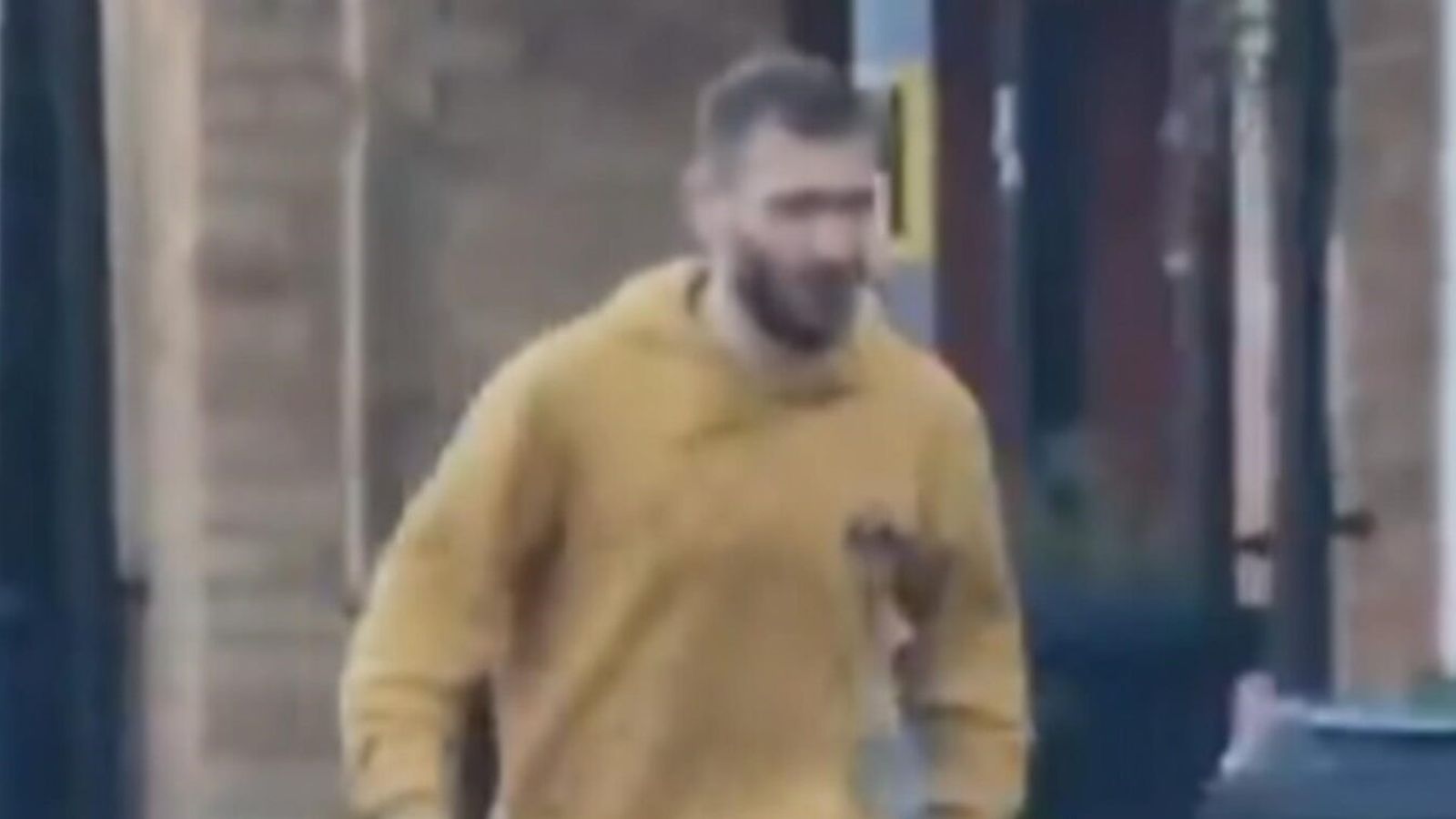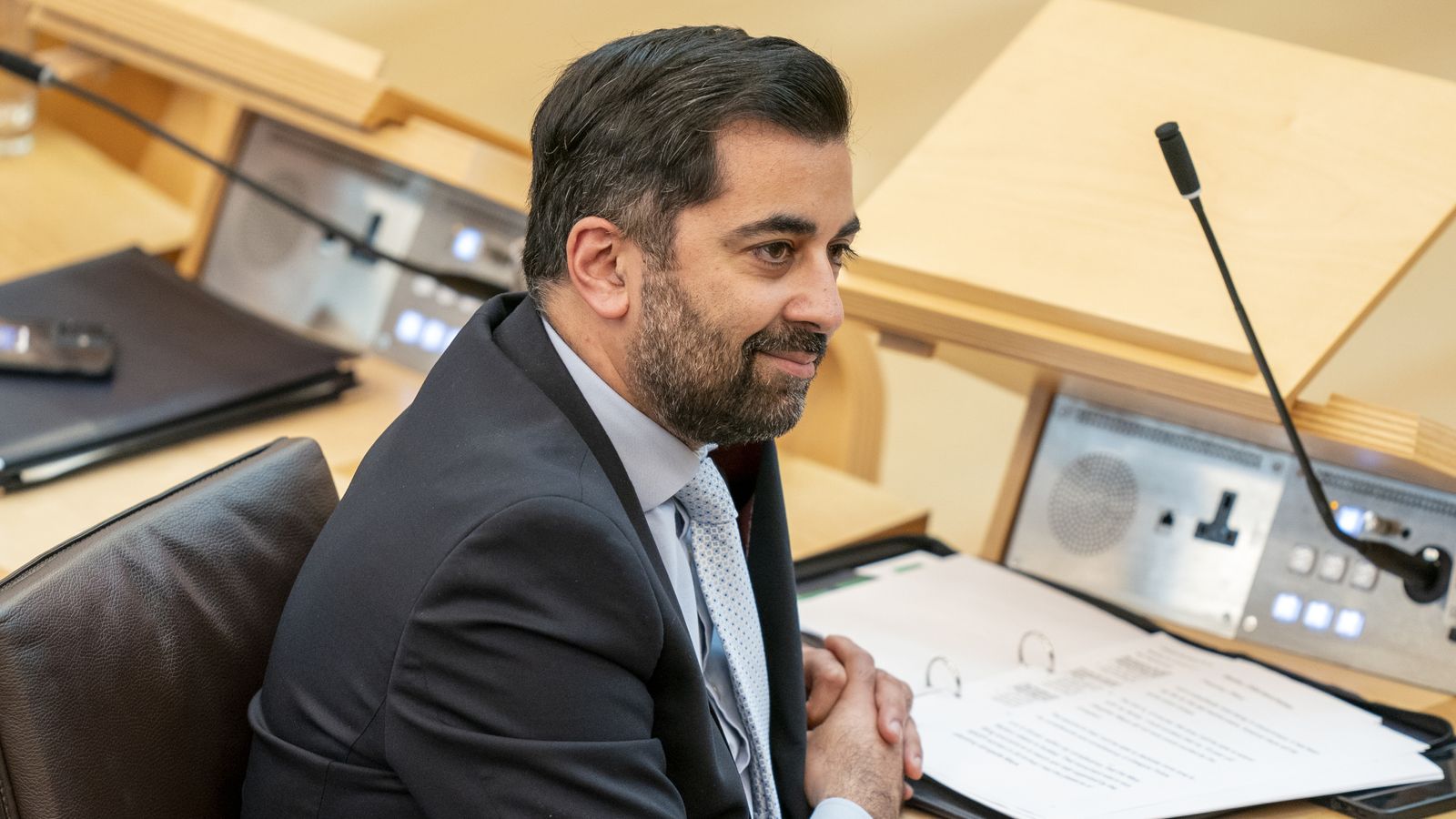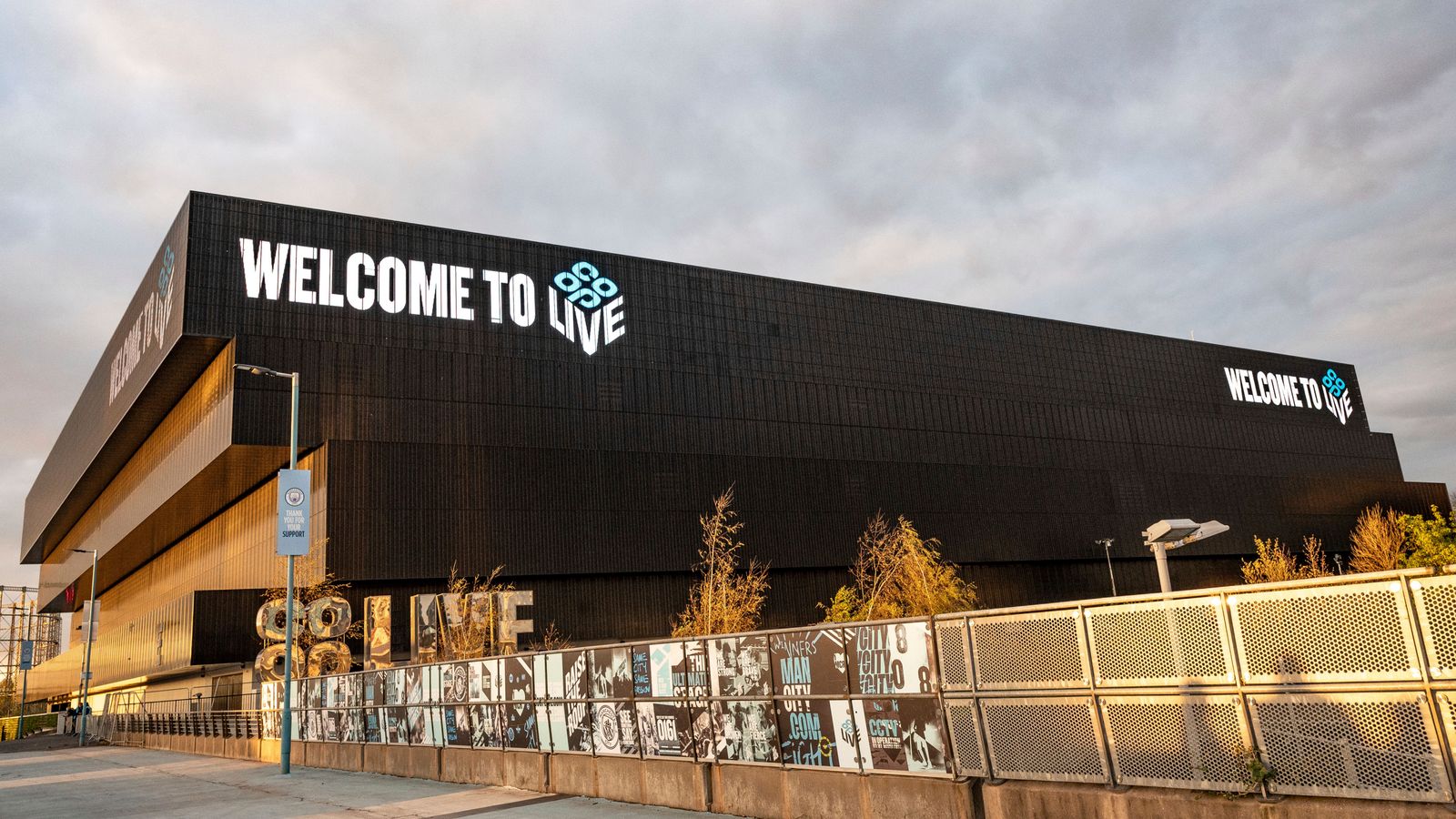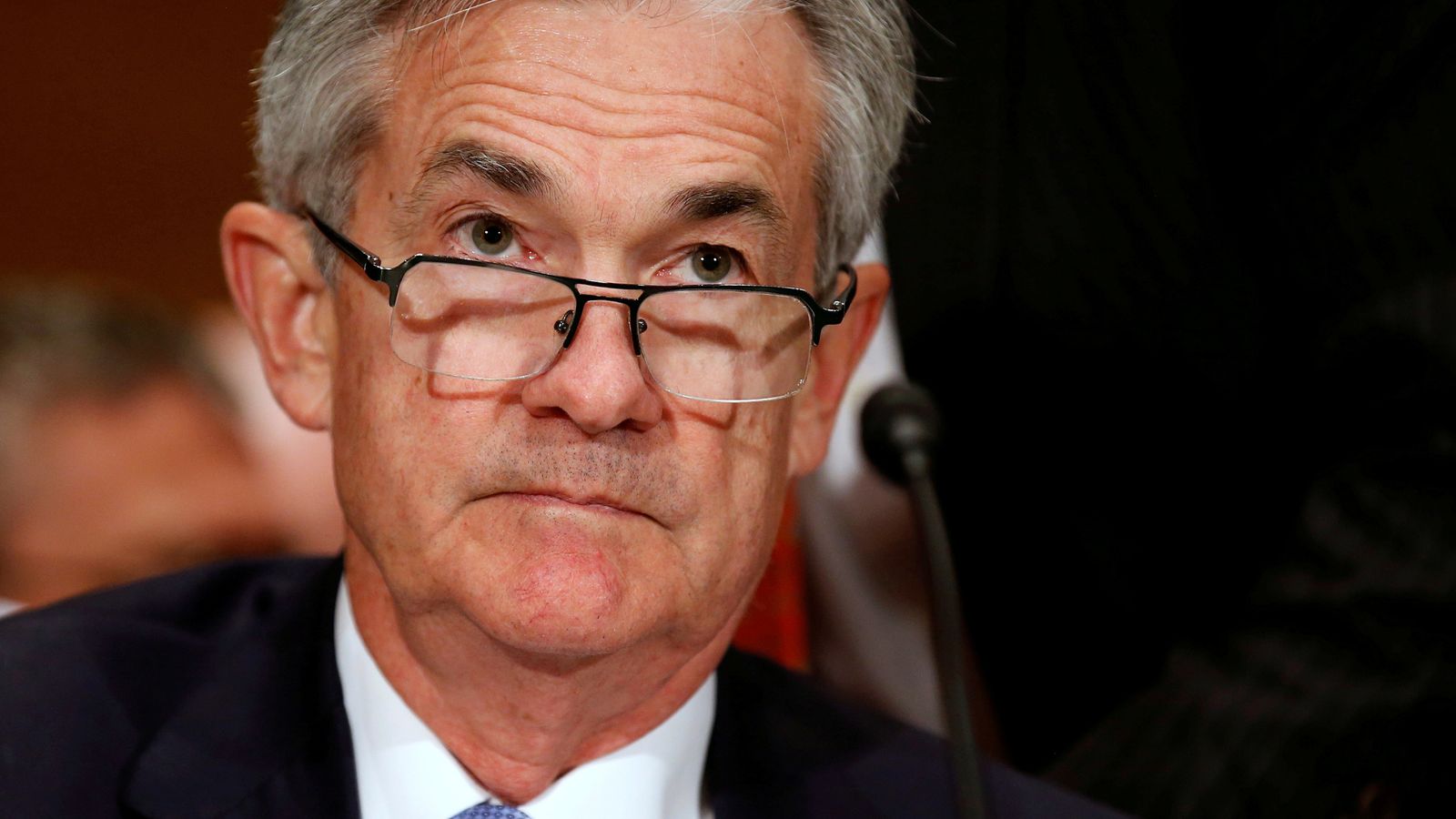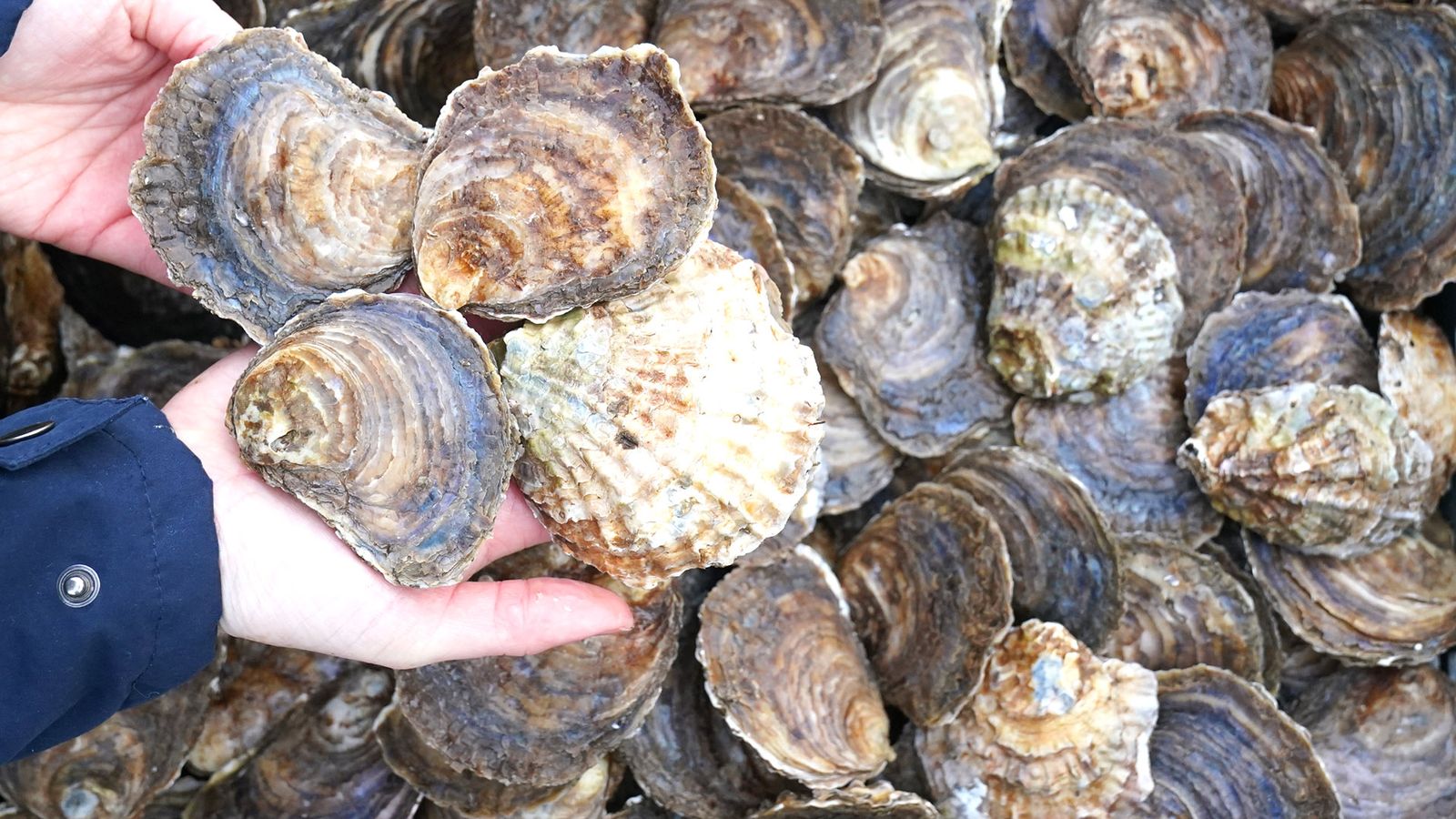
More than half of child sexual abuse offences recorded in 2022 were committed by other children, new figures reveal.
Police say the rise of child-on-child abuse is fuelled by access to violent pornography and smart phones.
Data from 42 police forces in England and Wales shows that a total of 106,984 child sexual abuse offences were reported in 2022, up 7.6% on the previous year and more than five times the just over 20,000 recorded in 2013.
The landmark report found 52% involved a child aged 10 to 17 as a suspect or perpetrator, up from a third in 2013.
Researchers said a four-year-old child, who uploaded an indecent image of a sibling to the internet using a smart phone, was the youngest reported to police.
Ian Critchley, the national policing lead for child abuse protection and investigation, said officers don’t want to “criminalise a generation of young people” for taking and sharing images within consensual relationships or “sexting”.
But the data shows a rise in both direct physical abuse and crimes involving indecent images.
The most common offences committed by 10 to 17-year-olds were sexual assault on a female (15%), rape of a female under 16 (12%), and taking, making or sharing indecent images.
Mr Critchley said the predominantly “gender-based crime of boys committing offences against girls” has been “exacerbated” by the accessibility to “violent pornography” and smartphones.
“The availability and accessibility of that violent pornography has just become normalised,” he said.
“What we see is gender-based crime in relation to boys, how they are abusing and harassing and, in some cases, committing sexual assault and rape against their peers.
“The implications for victims are lifelong as they are for the child sex offender within the criminal justice system, potentially facing custodial sentences and also being on the sex offenders’ register.”
But Mr Critchley was keen to stress that the “greatest risk to children comes from adults”.
The National Crime Agency (NCA) estimates that around 830,000 adults in the UK pose a sexual threat to children.
The Independent Inquiry into child sexual abuse found that one in six girls and one in 20 boys will be abused in childhood, with many crimes thought to remain unreported.
Chloe, 35, who was abused by the taxi driver who took her to and from her school in Surrey when she was aged between nine and 12, said she stayed quiet after he threatened her.
“I was incredibly vulnerable,” she told Sky News. “I didn’t tell anyone about it at the time. He gained my trust really and now I know what that was – that was grooming.”
‘Don’t be afraid’
But she is now urging victims to speak out after seeing her abuser go to prison following a call to the NSPCC helpline in 2017, when she was 29.
“Don’t be afraid. You will be believed. I know that you probably feel an enormous amount of guilt and I know that you will be scared but you don’t have to be,” she said.
The report found 73% of crimes were committed directly against children, with around a third of those involving abuse within families, while the remainder involved indecent images.
Researchers found some paedophiles are using artificial intelligence (AI) and “deep fake” technology to create indecent images of children, including using ‘nudification’ techniques on existing real pictures.
The report also highlighted the “worrying trend” of “sextortion”, where children are blackmailed with the threat of compromising images being sent to family or released on social media unless money is paid.
Mr Critchley said parents and carers need to have the “embarrassing” conversations with children before they are “violated” by sharing an image online.
‘Tidal wave’ of child sexual abuse imagery
He also called for tech companies who make “significant amounts of profits” to do more to keep children safe, criticising the use of end-to-end encryption, and stressed the importance of the Online Safety Act in holding firms to account.
“Quite frankly, I think that’s an appalling state of affairs where a company will not be able to see what’s taking place on their platforms, therefore will not be able to see what abuse is taking place, where grooming is taking place, where children are being exploited,” said Mr Critchley.
Wendy Hart, deputy director for child sexual abuse at the NCA, said: “We are now seeing hyper-realistic images and videos of abuse being created using artificial intelligence… while the rollout of end-to-end encryption by technology platforms makes it a lot more difficult for us to protect children.
“Alongside our policing partners and Ofcom, we are working closely with industry to ensure platforms have adequate safety measures designed in, and that our collective ability to tackle the threat keeps pace with technology.
“With over half of reported crimes involving child on child abuse, there has never been a greater need for education in this space.”
Susie Hargreaves, chief executive of the Internet Watch Foundation (IWF) charity, said there is a “tidal wave of child sexual abuse imagery involving younger and younger children every year”.
“Even after an abuser has gone to jail, the imagery remains. It is shared and requested and harvested in the darkest corners of the internet.”

